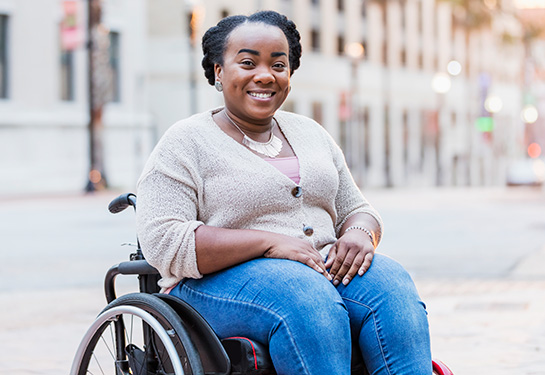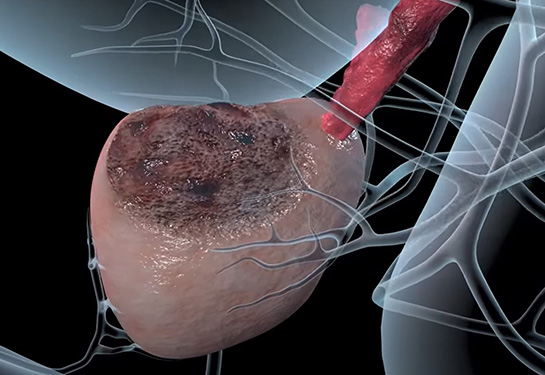Advances in spina bifida research and care improve treatment and quality of life
UC Davis experts share the latest on research, treatment and living with Spina Bifida
Each year, about 1,427 babies are born with spina bifida in the U.S. Despite its prevalence, no two cases are the same. The severity can range from mild to severe. And while the condition is not life-threatening, it can lead to a broad range of disabilities.
Spina bifida is a birth defect that develops while a fetus is still inside the womb. As the fetus develops, the protective bones around the spinal cord are not formed completely, leaving the spinal cord exposed. The condition can lead to various challenges including paralysis and the inability to walk, as well as bowel and bladder problems.
UC Davis Health offers comprehensive resources for spina bifida patients through experts in several fields, including surgery and urology. We asked a few of them to weigh in on how treatment has progressed over the years to improve quality of life for patients, including recent innovations.
New developments in spina bifida surgeries
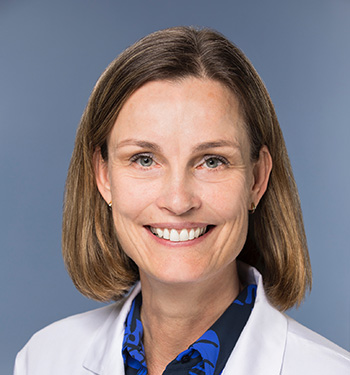
"As medical technologies are advancing, we are improving the quality of life and reducing the complications and interventions associated with spina bifida. The most exciting recent development is that we have implanted several fetuses in utero with a stem cell patch intended to minimize the neurological deficit that occurs because of this condition. This clinical trial (CuRe, led by Diana Farmer, Chair of the Department of Surgery) is unique, carried out entirely at UC Davis and involves a large team of clinicians and scientists across many disciplines to treat the affected developing babies. The first five patients in the trial have been treated and we are awaiting the initial results."
"With standard fetal repair, which we have performed at UC Davis Health for several years, the rate of cerebral spinal fluid (CSF) shunting after birth decreases considerably. Shunt failure and malfunction are the most common reasons these patients require hospitalization and surgical intervention. Reducing the need for shunts can significantly improve the overall well-being and quality of life of these children and their families and is life altering. In our attempt to further reduce lifelong dependency on a shunt, we also perform advanced endoscopic treatment of hydrocephalus, or a buildup of fluid in the brain, after birth in eligible patients.
Despite physical disabilities caused by spina bifida, which can be challenging, many patients are successful in school and can grow up to become highly competent adults. Addressing the complications and impairments associated with the condition helps empower the patient, the family and perhaps even the larger community. Ultimately, that is what we seek to do.
Through my years in practice, I have taken care of patients with various degrees of severity of spina bifida. They are, in my experience, among the strongest in their determination to overcome limitations. I am incredibly grateful to be allowed to help them along their journey and for this reason am extremely proud to be part of the fetal surgery team as we are pushing the next boundary for these patients at UC Davis Health."
Advances in urological management
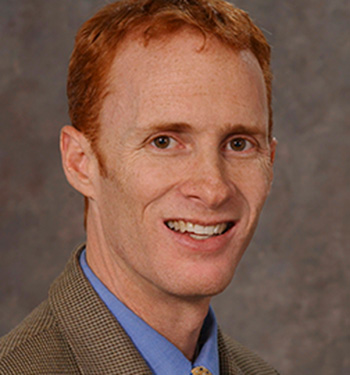
"The treatment of children with spina bifida has progressed with more emphasis on measurable improvements to patients’ lives. We have made tremendous strides in preserving kidney function and preventing renal failure. New devices and techniques have been developed to improve bowel function and urinary continence.
We are committed to caring for our patients with spina bifida beyond childhood and adolescence. Most academic programs like ours have established ‘transition’ clinics for children with complex urologic challenges.
People do not realize how many other challenges and restrictions our patients have due to their bowel and urine function. This is an incredibly important factor in their lives that impacts quality of life and need for accommodation, and we are here to provide the best care we can to help them live their fullest lives."
Caring for spina bifida patients into adulthood
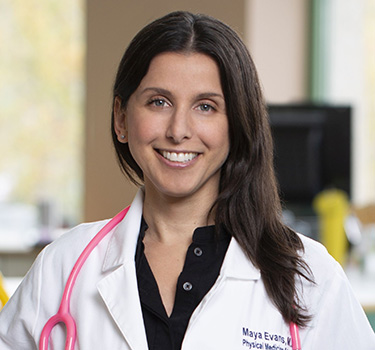
"I have been the medical director of the Shriners Children's Northern California Spina Bifida program for seven years. Our clinic is more than 25 years old. Compared to other clinics across the country, we have a large patient population, about 300. Our team cares for children aged 0-21 years and involves coordination between PM&R, orthopedics, urology, case management, nursing, and social work. We see our patients regularly throughout their childhood and adolescence until they transition at age 21 to adult care at UC Davis Health. Inevitably, we form close relationships with our patients and their families.
During my years in practice, I have seen various advances in research and treatment of spina bifida. In 2008, the Centers for Disease Control and Prevention created the National Spina Bifida Patient Registry. The information collected through the participating medical centers has helped us understand more about how spina bifida affects people and has been instrumental in developing best practices. Then, in 2020, the Spina Bifida Association announced their inaugural group of Clinic Care Partners. The clinics, including Shriners Children's Northern California, provide the highest level of evidence based multidisciplinary care for people living with spina bifida and their families.
Spina bifida is like a snowflake. It affects everyone differently. People living with spina bifida do amazing things. And that is what I want our patients to know: you are awesome, we are here for you and believe in you."

